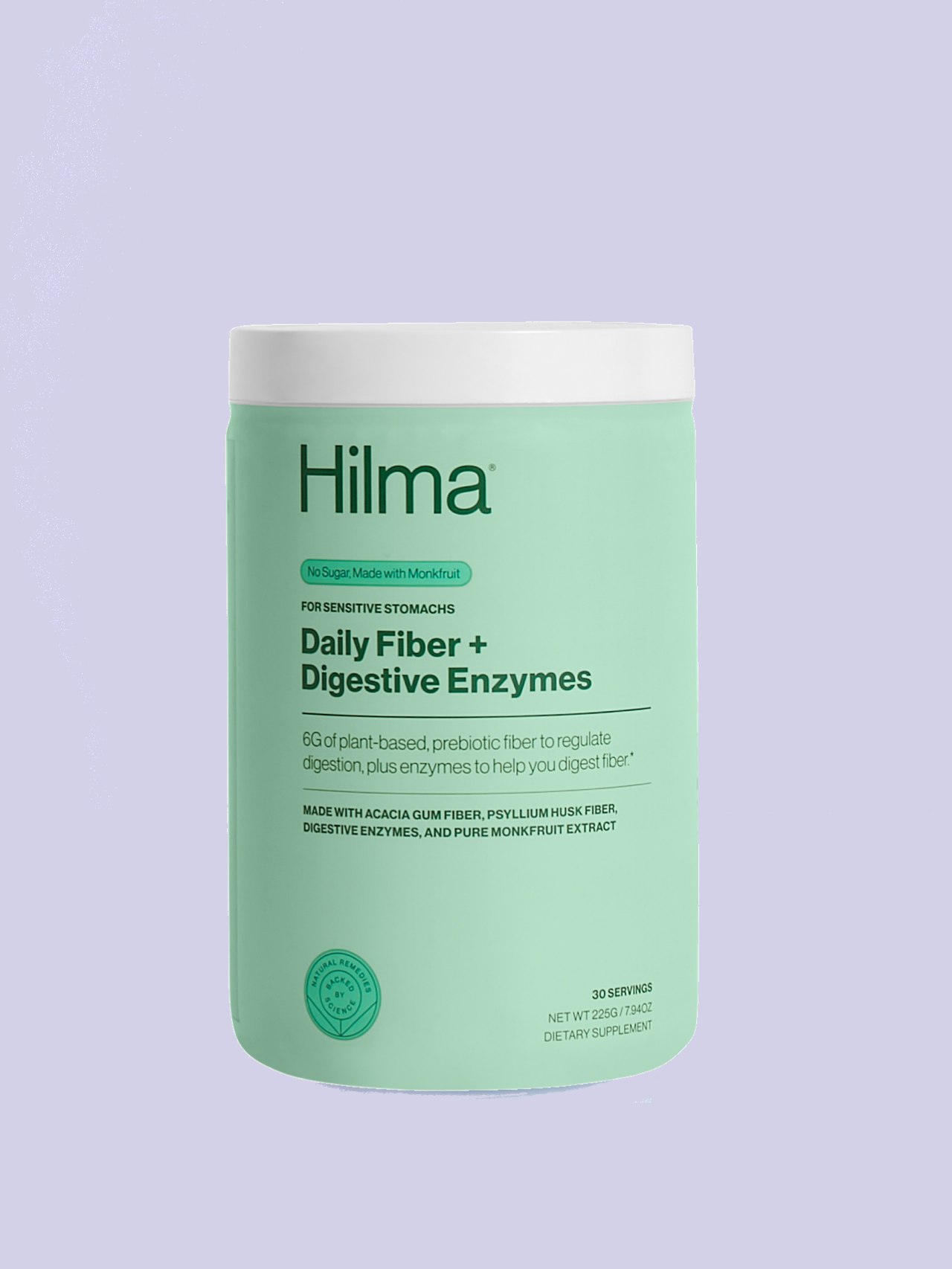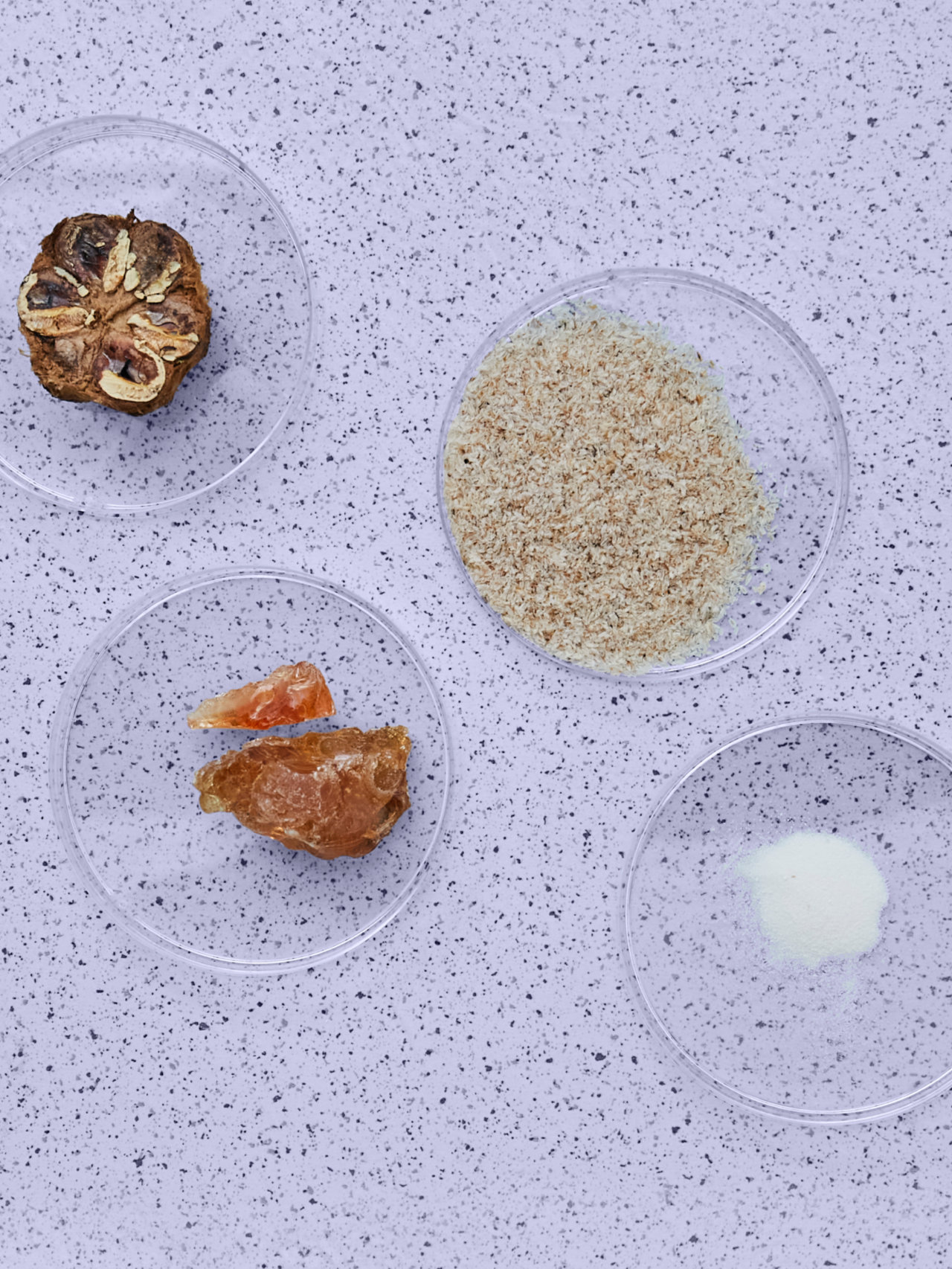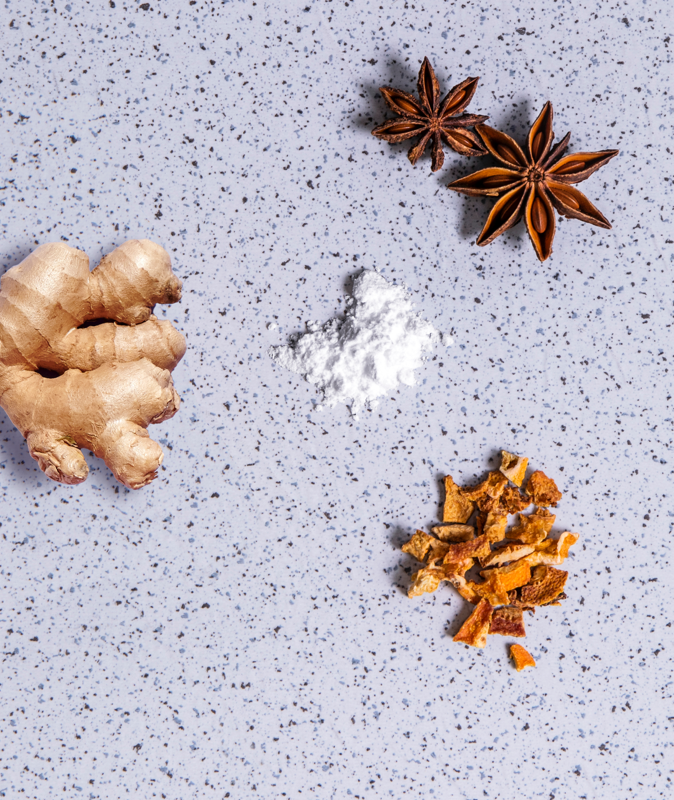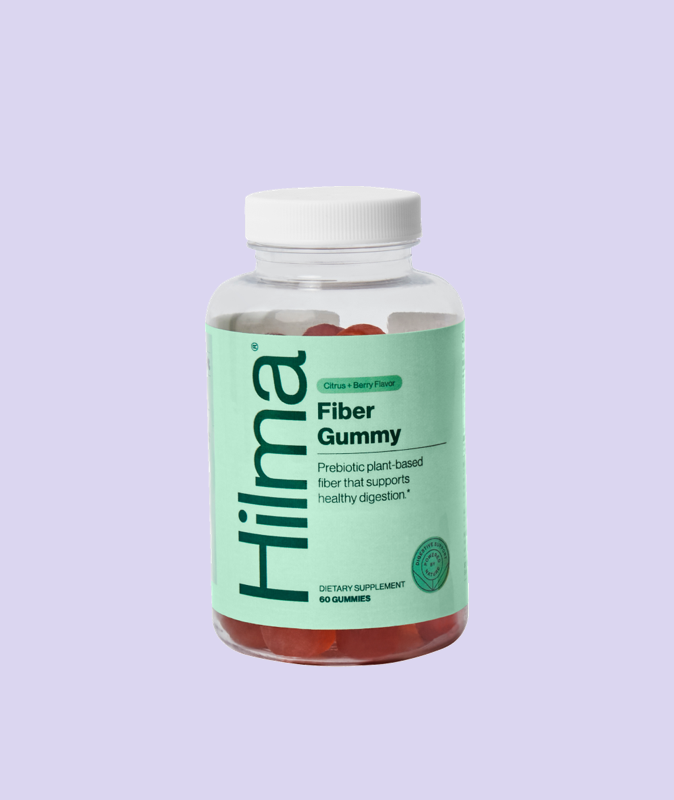
Where to start when it comes with the benefits of fiber… Fiber aids in digestion and nutrient absorption, helps nourish the gut microbiome, provides protection from toxins by supporting stool elimination, and is typically found in foods high in nutritious phytochemicals. Fiber is categorized as soluble or insoluble. Soluble fiber acts as food for healthy gut bacteria and insoluble fiber passes through the system as a physical movement support.
Sweet potatoes
Sweet potatoes are tasty additions to a meal and a higher fiber choice than white rice or white potatoes. Sweet potatoes can be quickly sliced up and coated with a bit of avocado oil and garlic salt next to other vegetables and sausages as part of a one-pan meal.
Avocado
Do not let the texture of an avocado fool you. Avocados are high in both insoluble and soluble fiber. Adding a bit of avocado on your toast or in your salad can add several grams of fiber.
Flaxseeds
Flaxseeds are known for their powerful detoxifying capabilities. The seeds can be a fibrous addition to oatmeal and smoothies without messing with flavor.
Lentils
To boost the fiber content of hamburgers or meatballs, consider replacing half of the ground meat with lentils. Lentils are an inexpensive fiber source that blend well with a mixture of spices.
Blackberries
Berries are some of the highest fibrous fruits. Just a large handful of blackberries contains 5.3 g fiber. In comparison, a medium-banana contains 3.1 g fiber. When you are building a smoothie or oatmeal, consider adding frozen berries instead of banana.
Ultimately, when you include a variety of whole plants on your plate, you are consuming fiber. If you select whole foods over processed foods, you are boosting your daily fiber content. Whether this selection is a handful of nuts instead of crackers, or avocado slices on toast instead of butter, you are choosing more fiber.
This information is for educational purposes only and should not be taken as medical advice. Please consult a physician before treating any disorder.





